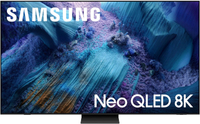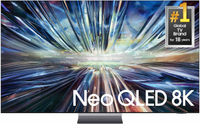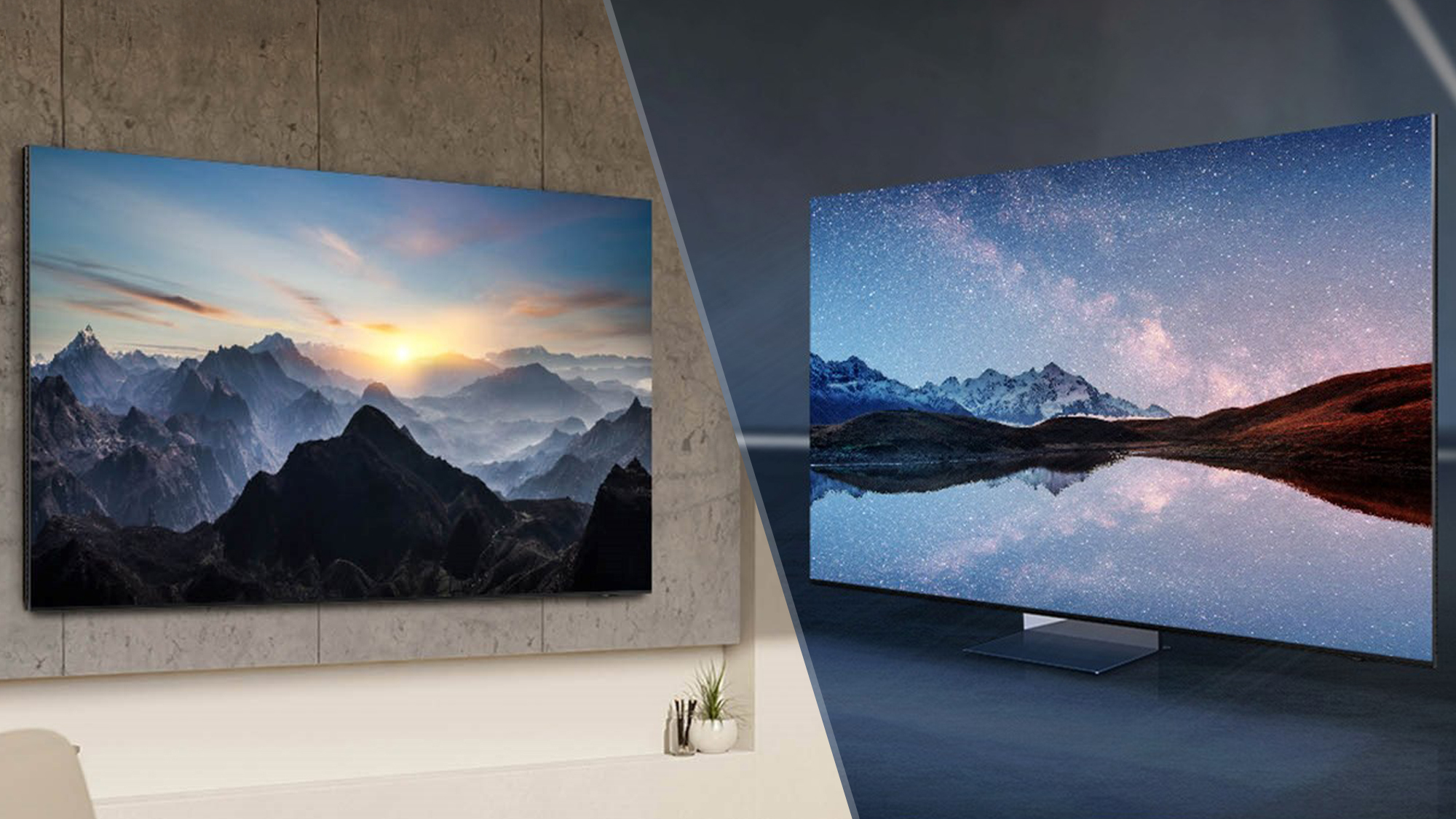
While 8K TVs might be on their way out, Samsung's sticking to the market in force. It's set to launch not one but two 8K models within its 2025 TV lineup, with the QN990F set to be its flagship in the range.
We were privy to a recent hands-on with the new QN990F Neo QLED TV and it raises the question: how well does the new 8K TV stand up to its predecessor?
Our review of last year's Samsung QN900D gave that TV a perfect score. We hailed the QN900D's upscaling chops and incredible brightness. By all accounts, it's one of the best 8K TVs.
But Samsung aims to improve the 8K experience with the QN990F. The major problem is that this new entry lacks a lot of the finer qualities on offer in last year's set. From what we've seen thus far, there's minuscule performance improvements and a premium price for the QN990F leaves a lot to be desired.
Let's see which Samsung 8K TV is the better pick in 2025 — or if even 8K is still something worth considering at all.
The QN990F is the latest entry in Samsung's 8K TV range, bringing stunning performance with a 120Hz refresh rate that can boost up to 240Hz in 4K via VRR. It's range of gaming features sets it apart from the rest thanks to Samsung's Gaming Hub with access to Xbox Game Pass and Nvidia GeForce Now, among other game streaming platforms. Samsung's Qn990F is also available in 75-inch and 85-inch variants.
Last year's Samsung QN900D is a stellar 8K model. It's equipped with a 120Hz refresh rate and HDR10+, built on one of the most sophisticated 8K upscaling AI processors in the NQ8 Gen3. Who needs a 4K TV anyway? Plus, the QN900D even has a well-rounded speaker system with 3D surround sound that's made better with Samsung's Clear Dialogue that enhances audio for a richer, more immersive experience.
Samsung QN990F vs Samsung QN900D: Specs compared
| Header Cell - Column 0 | Samsung QN990F | Samsung QN900D |
|---|---|---|
Sizes | 65", 75", 85" | 65", 75", 85" |
Ports | 5x HDMI 2.1 | 4x HDMI 2.1 |
Refresh rate | 120Hz (240Hz VRR) | 120Hz (240Hz VRR) |
Resolution | 7,680 x 4,320 | 7,680 x 4,320 |
HDR | HDR10, HDR10+, HLG | HDR10, HDR10+, HLG |
Smart TV software | TizenOS | TizenOS |
ATSC 3.0 support? | Yes | Yes |
Processor | NQ8 AI Gen3 Processor | NQ8 AI Gen3 Processor |
Samsung QN990F vs Samsung QN900D: Design
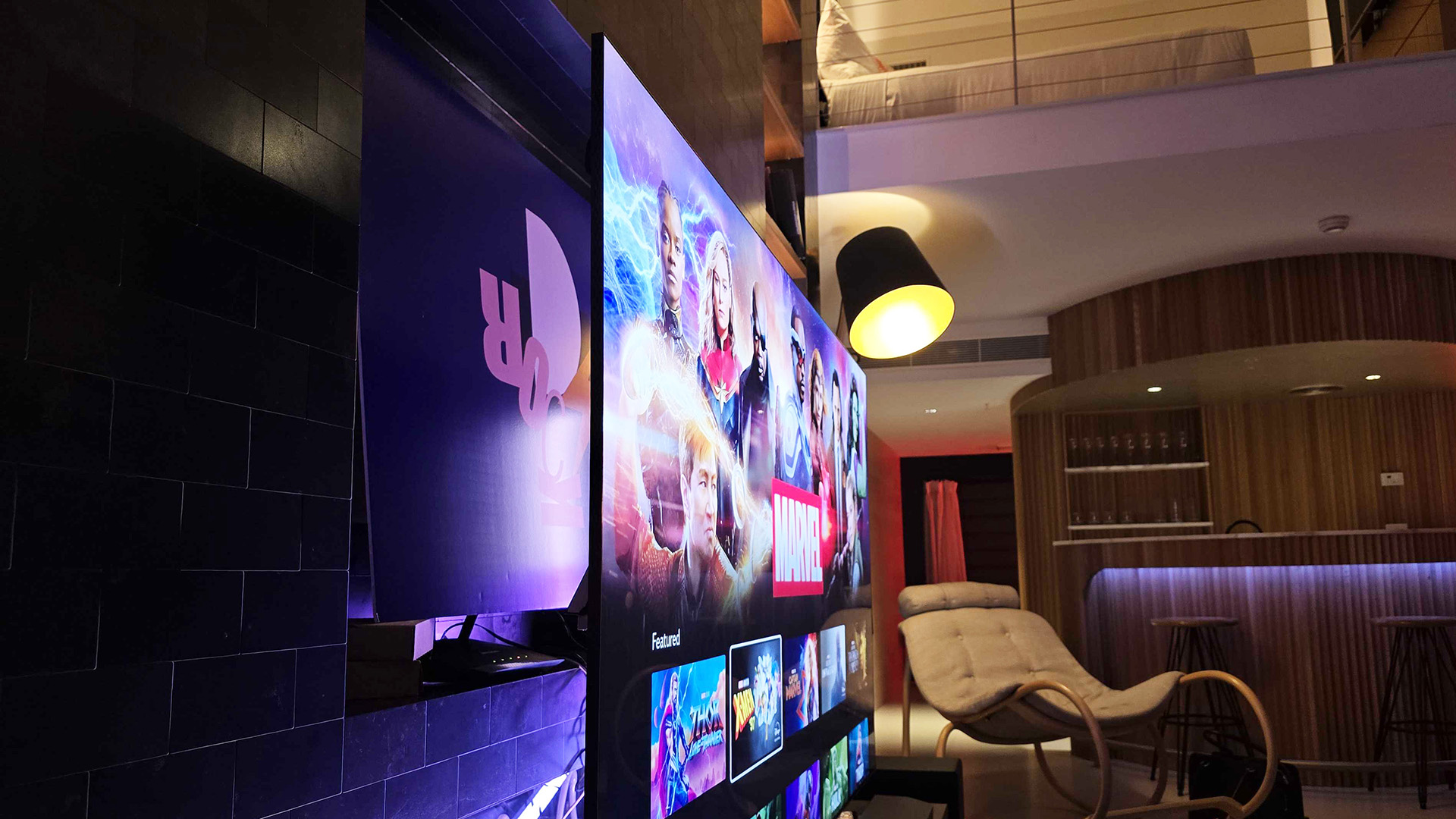
You'll notice several similarities between both the old and new 8K models here, with the QN990F and QN900D sporting the same general look. They're both super thin, with the QN900D measured at 12.9mm vs the QN990F at 14mm, which is very typical of some of the best Samsung TVs (particularly its OLEDs).
Both models come equipped with the One Connect Box, which makes the 8K TV almost wireless, minus its power cord. You can connect all of your devices to the box and not have to worry about messy cables getting in the way of your home entertainment Feng shui, ideal most of all in the wake of Samsung adding its Art Store across the range.
Even when you poke around under the hood, there's little variation between them. The QN990F and QN900D both have the same processor in the NQ8 Gen3 processor. Plus, they both support a 120Hz refresh rate that goes up to 240Hz in VRR, giving users of the best gaming PCs blistering-fast speeds to work with.
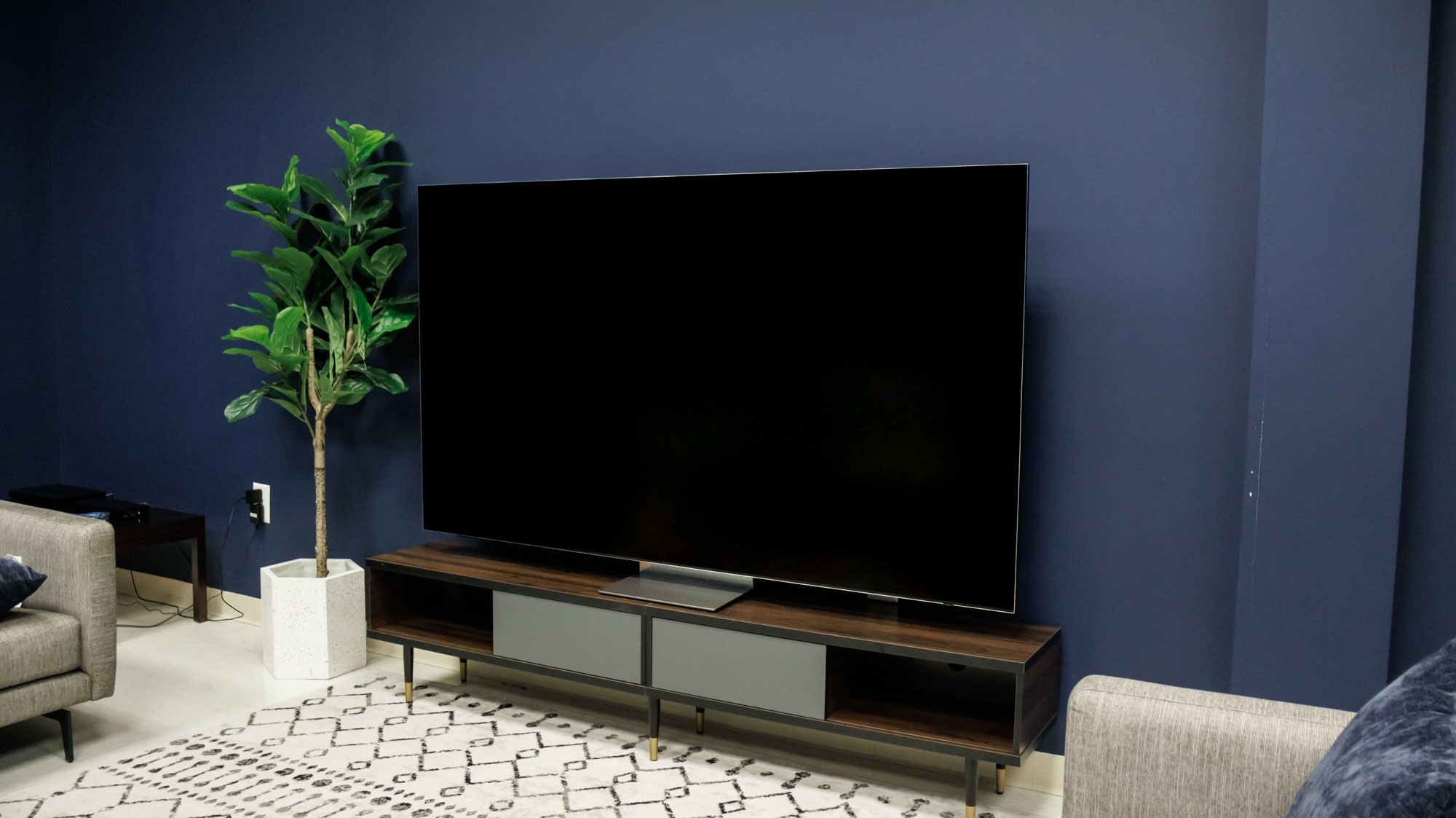
And glare isn't a major factor to consider, largely because both the QN900D and QN990F have Samsung's anti-glare coating to minimize the impact of ambient lighting. It's a huge boon on Mini-LED TVs in particular, but these two 8K models mitigate glare quite well.
Audio-wise, the pair finally see major differences. The QN900D comes loaded with a 90W speaker built on 6.2.4-channel system, while the QN990F has a 120W speaker on a 6.4.4-channel system. It's not a major leap over its predecessor, but it will give you some much clearer, more impactful audio.
Aside from this, there's no other notable differences when it comes to design. You'll see more major differences between the QN900D and Samsung's cheaper 2025 offering in the QN900F. These two TVs might seem like better direct comparisons, but the QN900F is slightly less powerful with its use of the NQ8 Gen2 processor over the Gen3.
Samsung QN990F vs Samsung QN900D: Performance

It's in picture quality where the two differ dramatically. Where last year's model's incredible upscaling abilities shine, the QN990F's fall flat — primarily in 1080p content. In our testing of the QN990F recently, we noticed muddled scenes in the lower specification, detracting from the overall experience.
The QN990F also doesn't excel in motion processing, either. Scenes with fast camera pans or even sports content were filled with judder and artifacting that diminished picture quality.
As Mini-LEDs go, they both come with exceptional brightness. The QN990F comes in at 1,242 nits in standard and 1,402 in HDR. Meanwhile, the QN900D's HDR performance in Filmmaker mode is 2,338, which goes to show its prowess in the market despite being a year old.
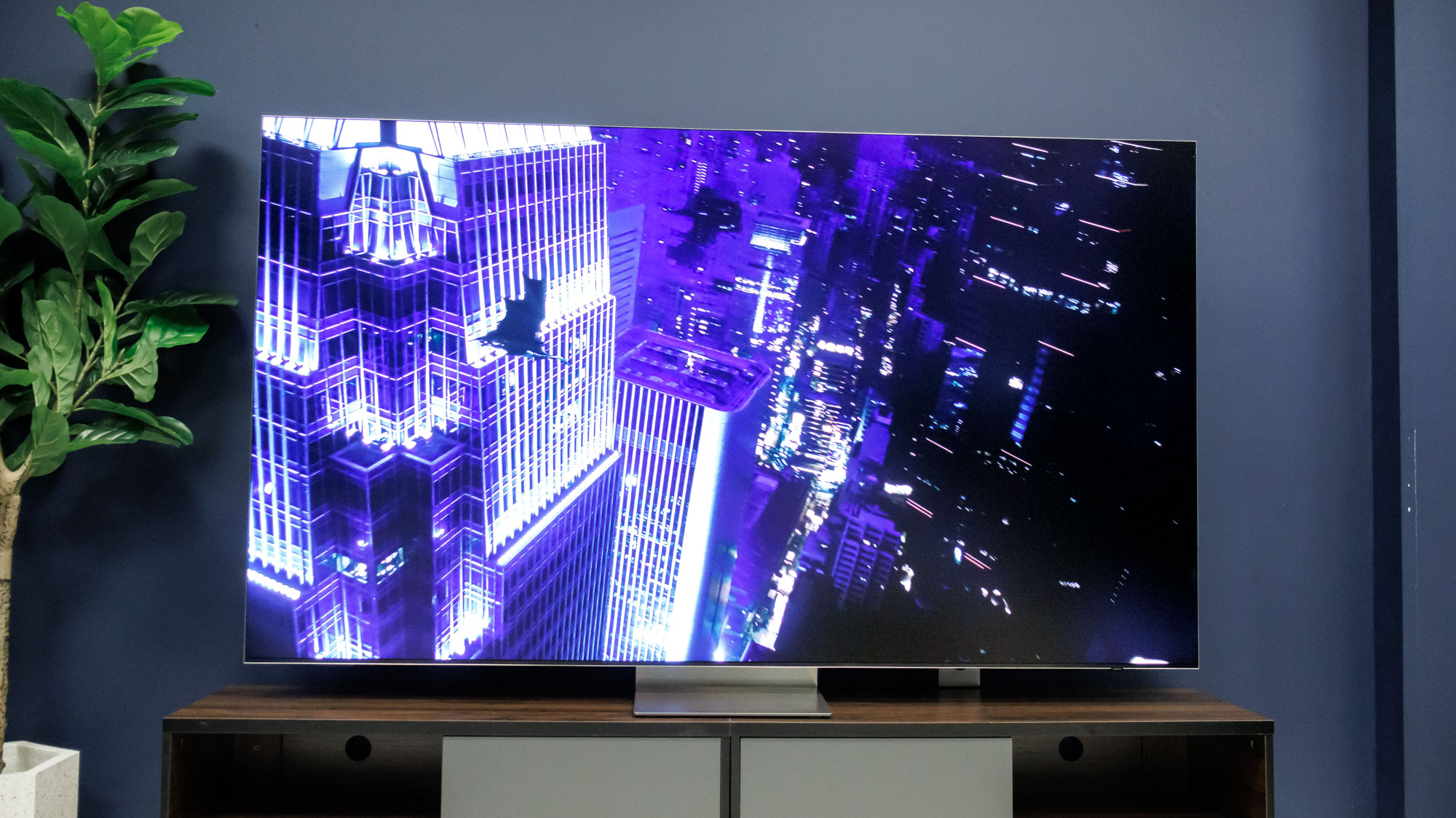
And even with the multitude of gaming features on offer, the QN990F doesn't seem like it will rank among the best gaming TVs. It has a high input latency of 36.4ms and if its motion processing in movies was anything to go by, faster games probably won't look great on this set.
That's not to say the QN900D would fare any better. It's hard to recommend an 8K TV for gaming right now, even if you're running a beast of a PC. You'd be sinking tons of money into an experience that might equate to, at best, 30 to 40 average frame rates.
But the Samsung QN990F does improve upon the color handling of its predecessor. The QN900D has a UHDA-P3 of 94.6% and BT.2020 of 70.83%, whereas the QN990F boosts these up to 95.43% and 75.81%. It's an incremental jump, but does show the QN990F is bringing some improvements to the platform.
Samsung QN990F vs Samsung QN900D: Outlook
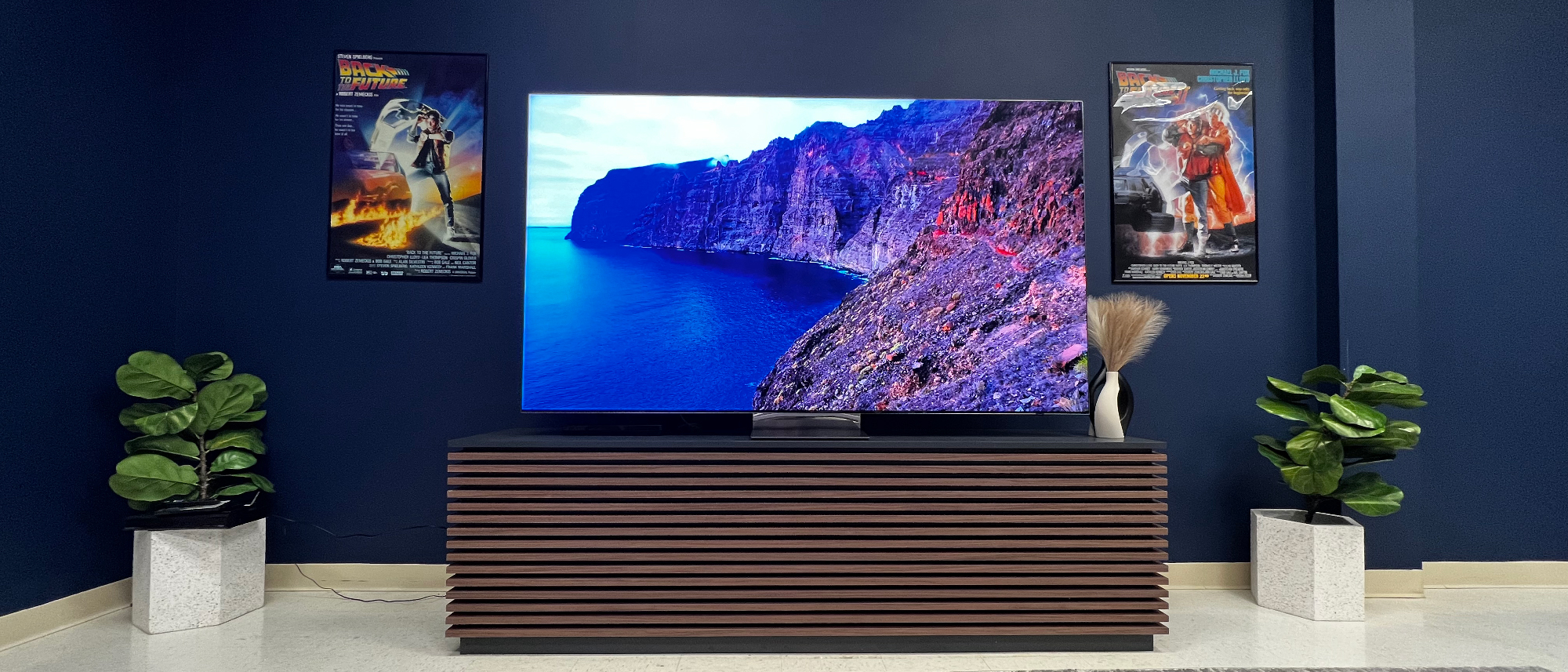
Despite the current state of the 8K TV market, there's still promise in the future-proofed technology. There might be a minimal amount of movies and shows to experience, and the list of compatible 8K games can be counted on just one hand.
In the face of Nvidia's new 50-series graphics cards, rumors of the PS6 on the near-horizon, and Kaleidescape's recent collaboration with the 8K Association, it feels like if there's ever a time to get an 8K TV, it's now.
But which might be the best option? It's clear to me that the QN900D makes the best choice, not solely due to its performance but also taking its price into account.
The QN990F and the QN900D are both practically identical, sharing the same processor, general design, and size ranges. If you want the best possible 8K experience in your quest to future-proof your entertainment setup, I'd go with the QN900D right now.
Sign up to get the BEST of Tom's Guide direct to your inbox.
Get instant access to breaking news, the hottest reviews, great deals and helpful tips.

Ryan Epps is a Staff Writer under the TV/AV section at Tom's Guide focusing on TVs and projectors. When not researching PHOLEDs and writing about the next major innovation in the projector space, he's consuming random anime from the 90's, playing Dark Souls 3 again, or reading yet another Haruki Murakami novel.
You must confirm your public display name before commenting
Please logout and then login again, you will then be prompted to enter your display name.
